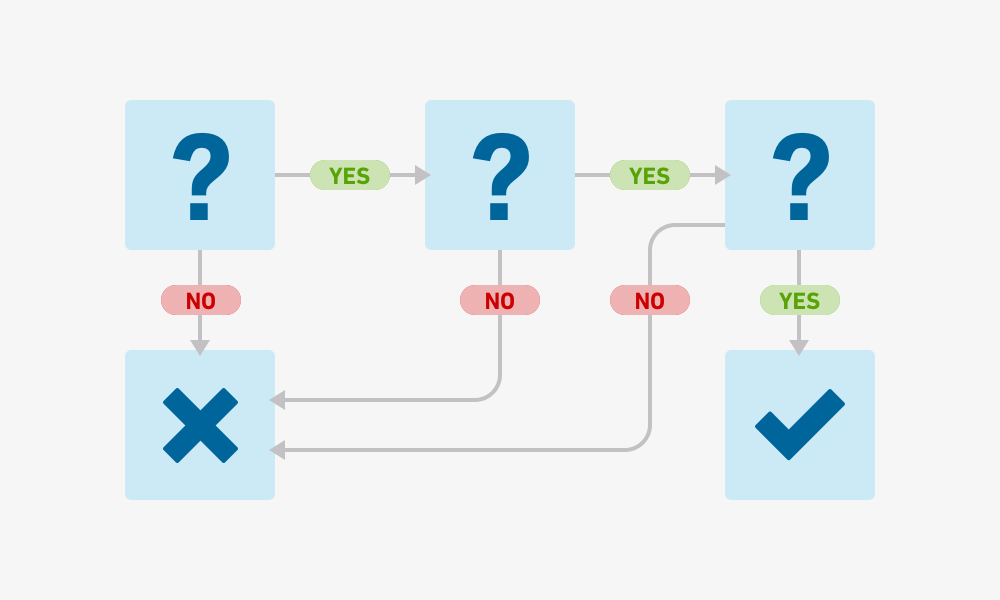
We’ve heard it a hundred times… the areas nonprofits work in are always evolving. Technology, spaces, partnerships, materials, services and topics change every day, so how can one keep up with their tagging structure?
The whole point of tags, or taxonomies, is to improve the usability of your site by organizing content in a way that helps your users find what they are looking for and group similar content. So keeping them current is a must, but how do we do that? There are two areas we need to consider: managing new tags and reviewing current tags.
Information Architecture
Usability
User Experience
Managing New Tags
Typically, there are two avenues for discovering new tags: those brought to your attention by employees and those brought to your attention by end users (often through search terms). When new tags are brought up, they should be reviewed. Here’s where it can get tricky. This can be done by one individual or a group at your organization. In addition, you must choose how tightly or loosely you will govern your taxonomies. Tight governance means you have a rigid process and chain of command for making changes to the taxonomies. A rigid process may look similar to this:- Term suggested (by employee or user).
- Communications Team reviews and votes (can use the criteria in the chart above or create something else that works for your team).
- If it passes your Communications Team, subject specialists and/or your Leadership Team reviews and votes.
- If it passes there, the term gets added to the taxonomy. Here’s where you have to also make the decision on whether any old content should get updated with the new tag.
- IMPORTANT: Notify the person that submitted the term request. You might also want to notify other employees at your organization so they can start using it.

Reviewing Current Terms
How often should you review current terms? Regularly. But what does regularly actually mean? Unfortunately there’s not a tried and true standard. Taxonomy is trial and error, informed by analytics and feedback from your stakeholders. It’s dependent on your organization, the industry your organization is in, and the frequency of content creation. If you’re struggling to define “regularly,” start with quarterly or every six months and adjust as needed. If you’re not seeing much change in that short of time period, you can extend your review periods. Similar to content audits, the ROT (redundant, outdated, trivial) principle can be applied here. Of course you should also consult Google Analytics to see which terms are performing best and which terms users are searching for. And finally, conducting a review of usage can be helpful. Look at data like creation date, last used date, and number of content pieces tagged with each term. If your terms aren’t performing well, revise or delete. Determine if there’s a synonym that may be a better fit for your organization. With all the changes nonprofits go through, it’s important to keep up with your taxonomies. Tag management is just one piece of your content strategy. Your tags cannot exist in a vacuum. Developing a process for your content creators to accurately choose terms for their content is just as important. How are you handling tag management at your organization?Read This Next
Skip to footer
Comments